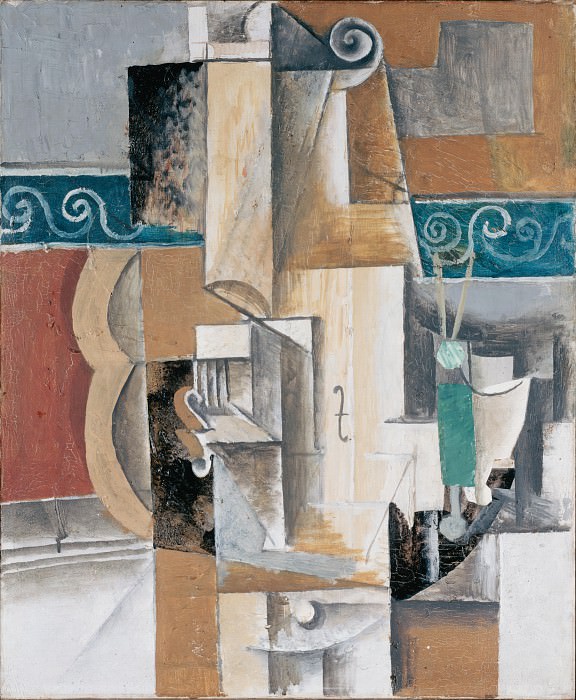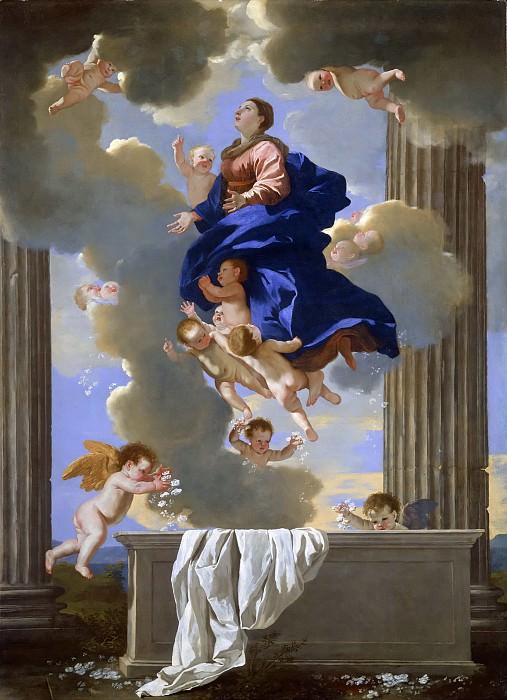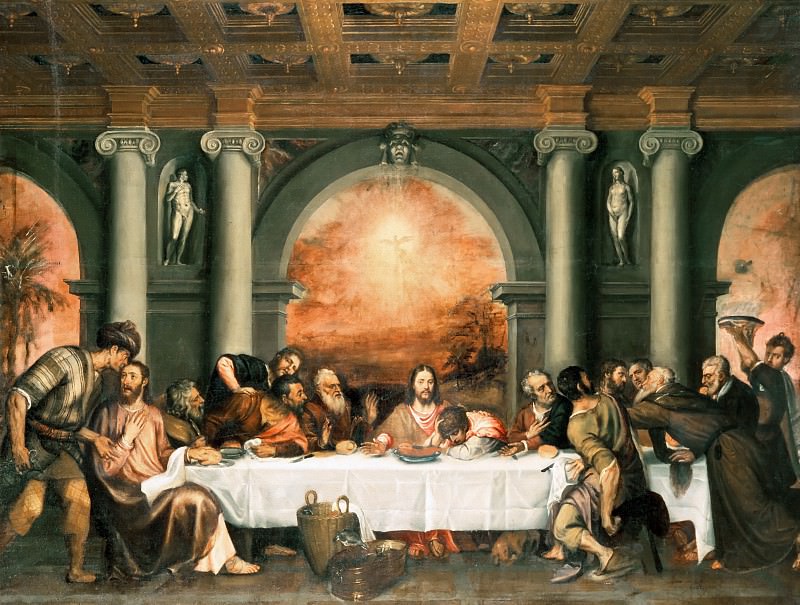Satyajit Ray: The Artistic Genius Beyond Cinema
Satyajit Ray is widely celebrated as one of the most influential filmmakers in the history of cinema, known for his deeply humanistic and visually compelling films. However, Ray's artistic talents extended far beyond the realm of cinema. A polymath in the truest sense, Ray was also a prolific writer, illustrator, graphic designer, and music composer. His contributions to art and design, particularly in the context of Bengali culture, have left an indelible mark on India's artistic landscape. This content delves into Satyajit Ray's multifaceted artistic endeavors, focusing on his contributions to art, illustration, and design.
The Early Years: Nurturing an Artistic Sensibility
Born on May 2, 1921, in Calcutta (now Kolkata), Satyajit Ray was the son of Sukumar Ray, a celebrated writer of nonsense verse and children's literature, and the grandson of Upendrakishore Ray Chowdhury, a renowned writer, publisher, and amateur astronomer. The Ray family had a deep-rooted connection with art and literature, which profoundly influenced Satyajit from a young age. His early exposure to the arts, combined with his inherent curiosity and creativity, set the stage for his later achievements in various artistic disciplines.
Ray's formal education in art began at the Presidency College in Calcutta, where he studied economics. However, his true passion lay in the visual arts, which led him to enroll at the Visva-Bharati University in Santiniketan, founded by the great poet Rabindranath Tagore. At Santiniketan, Ray was introduced to the works of great artists like Nandalal Bose and Benode Behari Mukherjee, who would later become his mentors. This period was crucial in shaping Ray's artistic vision, instilling in him a deep appreciation for the traditional arts of India.
The Emergence of a Graphic Designer
Before making his mark as a filmmaker, Satyajit Ray embarked on a career in graphic design, a field where he demonstrated his exceptional talent and creativity. In 1943, after returning from Santiniketan, Ray joined the British advertising agency D.J. Keymer as a junior visualizer. His work at the agency honed his skills in typography, layout, and illustration, which would later prove invaluable in his cinematic ventures.
One of Ray's most significant contributions to the world of graphic design was his work for the publishing house Signet Press, founded by D.K. Gupta. Ray designed book covers, illustrated stories, and created promotional materials that were revolutionary for their time. His designs were marked by a blend of traditional Indian motifs and modernist sensibilities, reflecting his ability to synthesize diverse influences into a cohesive artistic style.
Ray's book cover designs for classics such as Bibhutibhushan Bandyopadhyay's "Pather Panchali," Jawaharlal Nehru's "Discovery of India," and Jim Corbett's "Man-Eaters of Kumaon" are considered iconic in the world of Indian publishing. These covers were not merely decorative; they captured the essence of the books they represented, offering readers a visual entry point into the narrative. Ray's meticulous attention to detail and his ability to convey complex themes through simple yet evocative imagery set a new standard in Indian book design.
Satyajit Ray: The Illustrator
Ray's prowess as an illustrator was not limited to book covers. He was also an accomplished illustrator of children's books, particularly the works of his father, Sukumar Ray. Ray's illustrations for "Abol Tabol," a collection of nonsense verse by Sukumar Ray, are beloved by generations of Bengali readers. His whimsical and imaginative drawings perfectly complement the playful and absurd nature of the text, creating a unique synergy between word and image.
In addition to illustrating his father's works, Ray created original illustrations for his own writings. He authored and illustrated a series of science fiction stories featuring the character Professor Shonku, a brilliant and eccentric scientist. The Professor Shonku stories, published in the children's magazine "Sandesh," which Ray revived in 1961, became immensely popular among young readers. Ray's illustrations for these stories were both scientifically accurate and artistically inventive, showcasing his ability to blend factual knowledge with creative imagination.
Ray's Contribution to Bengali Typography
Satyajit Ray's interest in typography led him to design several Bengali typefaces, which have become an integral part of the visual culture in Bengal. Among his most famous creations is the typeface "Ray Roman," which was designed for the Signet Press and is still used in Bengali publishing today. Ray's typefaces were known for their clarity, elegance, and readability, making them popular among publishers and designers alike.
Ray's deep understanding of the Bengali script and his commitment to preserving its aesthetic integrity were evident in his typographic work. He believed that type design should not only be functional but also reflect the cultural and historical context of the language it represents. Ray's typefaces are a testament to his respect for tradition and his ability to innovate within the constraints of a centuries-old script.
Art Direction in Film: Aesthetic Vision in Motion
Satyajit Ray's transition from graphic design to filmmaking was a natural progression, given his keen visual sense and narrative skills. His background in art and design played a crucial role in shaping the aesthetic of his films. As a filmmaker, Ray was known for his meticulous attention to detail, from set design and costumes to lighting and camera angles. His films are celebrated for their visual poetry, where every frame is composed with the precision of a master artist.
Ray's artistic vision was particularly evident in his use of props, colors, and textures to convey mood and character. In "Pather Panchali" (1955), his debut film and the first in the Apu Trilogy, Ray used everyday objects and natural landscapes to create a rich visual tapestry that reflected the simplicity and beauty of rural Bengal. The film's iconic train scene, where young Apu and Durga run through a field of white kaash flowers to catch a glimpse of a passing train, is a perfect example of Ray's ability to blend narrative and visual art.
In "Charulata" (1964), Ray's adaptation of Rabindranath Tagore's novella "Nashtanir," his use of art direction and cinematography to explore the inner world of the protagonist is masterful. The film's opening sequence, where Charulata, confined to her opulent home, moves from one room to another, is a study in visual storytelling. Ray uses the architectural elements of the house, the play of light and shadow, and the positioning of the camera to convey Charulata's loneliness and longing for freedom.
Ray as a Calligrapher and Poster Designer
Another lesser-known aspect of Satyajit Ray's artistic career was his work as a calligrapher and poster designer. Ray had a deep love for calligraphy, particularly the Bengali script, which he believed was one of the most beautiful writing systems in the world. He often incorporated calligraphy into his film posters and title sequences, creating a unique visual identity for each of his films.
Ray's film posters are a testament to his graphic design skills and his ability to convey complex themes through visual art. For instance, the poster for "Jalsaghar" (1958), a film about a decadent zamindar clinging to his past glory, features a stylized image of a chandelier, symbolizing both the grandeur and the decay of the zamindar's world. The poster for "Goopy Gyne Bagha Byne" (1969), a fantasy film for children, is playful and vibrant, reflecting the film's whimsical tone.
Ray's calligraphic title sequences, often hand-drawn by the director himself, are another hallmark of his films. The opening titles of "Charulata" and "Shatranj Ke Khilari" (1977) are particularly notable for their elegant typography and artistic flourishes. Ray's use of calligraphy in his films was not merely decorative; it was an integral part of his visual storytelling, setting the tone for the narrative that followed.
Legacy and Influence in Contemporary Art
Satyajit Ray's influence on contemporary art and design in India is profound and far-reaching. His work as a graphic designer, illustrator, and filmmaker continues to inspire artists, designers, and filmmakers around the world. Ray's ability to seamlessly blend traditional Indian aesthetics with modernist principles has made him a cultural icon, whose legacy transcends the boundaries of cinema.
In recent years, there has been a renewed interest in Ray's art, with exhibitions, publications, and retrospectives dedicated to his work. The National Museum in New Delhi, the Victoria Memorial Hall in Kolkata, and the British Film Institute in London have all hosted exhibitions showcasing Ray's contributions to art and cinema. These exhibitions have provided a new generation of artists and audiences with the opportunity to explore the full breadth of Ray's creative genius.
Ray's work has also been the subject of academic studies and critical analyses, with scholars examining his contributions to visual culture in India. His art, like his films, is seen as a reflection of his deep understanding of human nature, his respect for tradition, and his commitment to social justice. Ray's legacy as an artist is not confined to his own lifetime; it continues to evolve and inspire, ensuring that his influence will be felt for generations to come.
Conclusion: Satyajit Ray, The Renaissance Man
Satyajit Ray was more than just a filmmaker; he was a true renaissance man whose artistic talents spanned multiple disciplines. His work in graphic design, illustration, typography, and calligraphy reflects his deep love for the visual arts and his ability to communicate complex ideas through simple, elegant forms. Ray's contributions to art and design have left an enduring legacy, enriching the cultural landscape of India and inspiring artists around the world.
As we celebrate Satyajit Ray's cent




